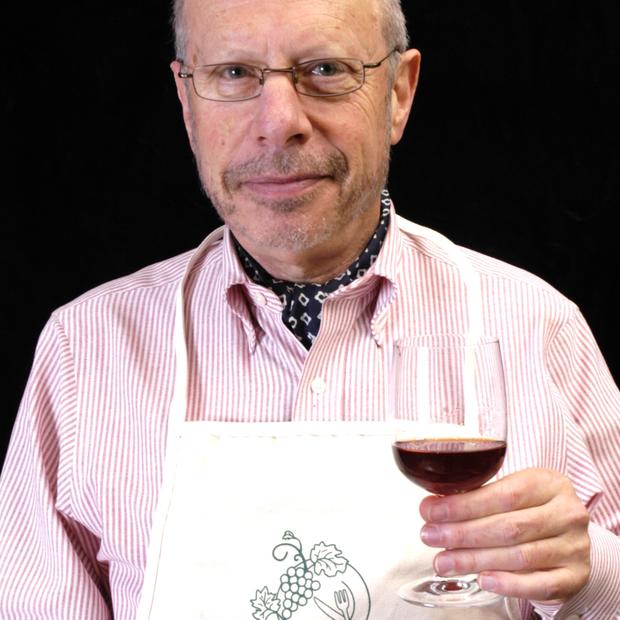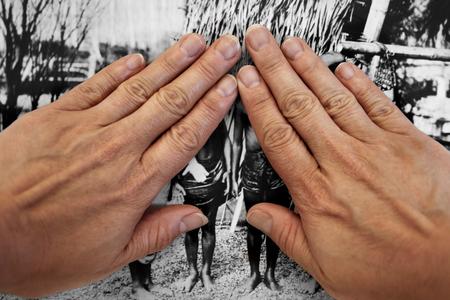Johsel Namkung, who died this week at the age of 94, had two remarkable careers. First as an opera singer, then as a prolific nature photographer.
Namkung was born in rural Korea. His father, a theologian with a graduate degree from Princeton, translated the Bible into Korean. But young Johsel's interest was music, specifically the genre of songs known as Lieder, German poems celebrating the beauty and discipline of nature. At the age of 16, he performed his own translation of a Lied by Heine and won a national competition. The prize allowed him to study in Japan, where he won another national competition. He also fell in love with a local woman, Mineko.
Both sets of parents opposed the match, so they eloped to Shanghai. Eventually, after surviving World War II, Johsel and Mineko made their way to Seattle Pacific University, where they were welcomed by missionaries who had befriended the Namkung family in Korea. Johsel quickly moved to the University of Washington's School of Music, earning a Master's degree and performing regularly. Because he spoke several Asian languages fluently, Namkung also worked for Northwest Orient Airlines.
Then, in the early 1950s, on a routine trip to visit relatives in Korea, Namkung carried a letter (at the request of a friend on the UW faculty) that he delivered to a North Korean bureaucrat. Unfortunately, this was during the tense McCarthy era, and sentiment against the communist north ran high.
On his return to the U.S., Namkung was questioned by the House Un-American Activities Committee and branded a communist sympathizer; the Immigration & Naturalization Service ordered him deported.
That touched off a ferocious legal challenge to the INS. Namkung was fortunate that a courageous, old-fashioned and decent civil liberties lawyer, Ken MacDonald, took up his cause. MacDonald (whose son Doug is a Crosscut contributor) could muster public outrage on behalf of his client, but, more importantly, he knew how to work the political byroads between Seattle and Washington, D.C. (To help pay her husband's legal fees, Mineko took a job as as one of the kimono-clad waitresses at Canlis.) In the end, Johsel and Mineko were allowed to remain in Seattle, but it took seven years and a "private bill" sponsored by the state's congressional delegation to clear his name.
In 1965, the INS mess behind him, the 42-year-old Namkung gave a farewell recital, singing Schubert's "Schwanengesang" (literally "Swan Song"), and turned his artistic career from music to photography.
His burgeoning interest in the field had already brought him in contact with Seattle artists George Tsutakawa, Paul Horiuchi, Mark Tobey and Kenneth Callahan.
It was a surprising change of course; except for the occasional famous name like Ansel Adams, photographers were not taken seriously by the art world. Yet, with the Sierra Club leading the way, a new genre of lavish, coffee-table publications was on its way. In 1961 the club released a popular volume of nature photographs by Eliot Porter, titled "In Wildness is the Preservation of the World."
Namkung felt that photography competed as an art form with oils and watercolors, so it needed to be presented in large formats. He began to carry a large format camera, and develop techniques for gallery-sized prints.
Namkung's granddaughter, Sara Uhlman, remembers stories about his kayak trips to Alaska and hearing tales of the wolves and bears that Namkung would encounter and have to scare away from his campsite. “You have to be in pretty good shape to carry large format camera, lenses and tripods up into the mountains,” she recalls. “Grandpa would get carded using his senior citizen card at the ferry terminal because they couldn't believe he was over 64. And this was when he was actually in his late 70s.”
To support his burgeoning career as an artist, Namkung took a position as a scientific photographer with the UW School of Medicine. A friend gave him $500 to buy a Sinar 4 x 5-inch view camera and several lenses, which he used for his nature photography for the next three decades. In his book, "Ode to the Earth" (published by Cosgrove Editions in 2006) Namkung describes "the loneliness and exultation" of reaching the top of the mountain, "standing all by yourself with your camera."
From Seattle's Frink Park to the Telanika River in Alaska, from Shi Shi beach on the Washington coast to Weston Cove in California, Namkung would hike into remote locations carrying a tripod and a 35-pound 4x5 Sinar view camera, a plein-air artist with heavy equipment.
Most of the time he would photograph details, not great vistas. "Questions, not answers," is how he described it. Longer exposures, abstract forms, animal shapes, bulbs of purple kelp. Undulations of green and russet at Steptoe Butte; orange sky reflected in Lake Wenatchee. The image of the Yakima River as it begins to freeze over, for example, required hours of waiting until the moment was just right.
Creative execution, he used to say, is like performing music on stage. The artist, Namkung believed, observes the essence of things and finds beauty in the most mundane.
Among Namkung's extended family is Monica Jung. His first wife, Mineko, died of cancer in 1999 after 57 years of marriage. A couple of years later, at a Seattle concert given by Fredrica von Stade, Namkung happened to be sitting next to Monica, a widow who shared his love of music. They were married a year later.



